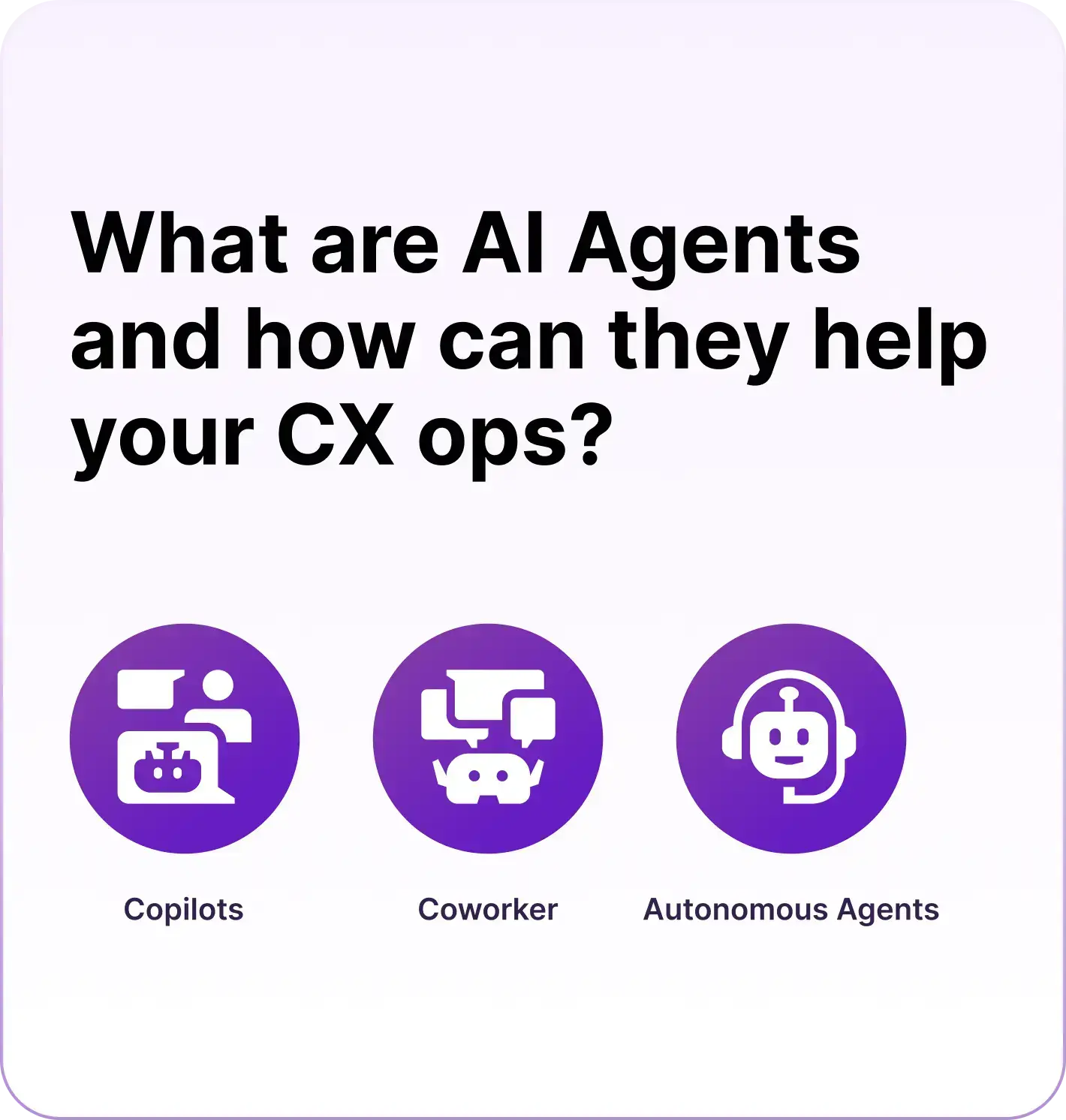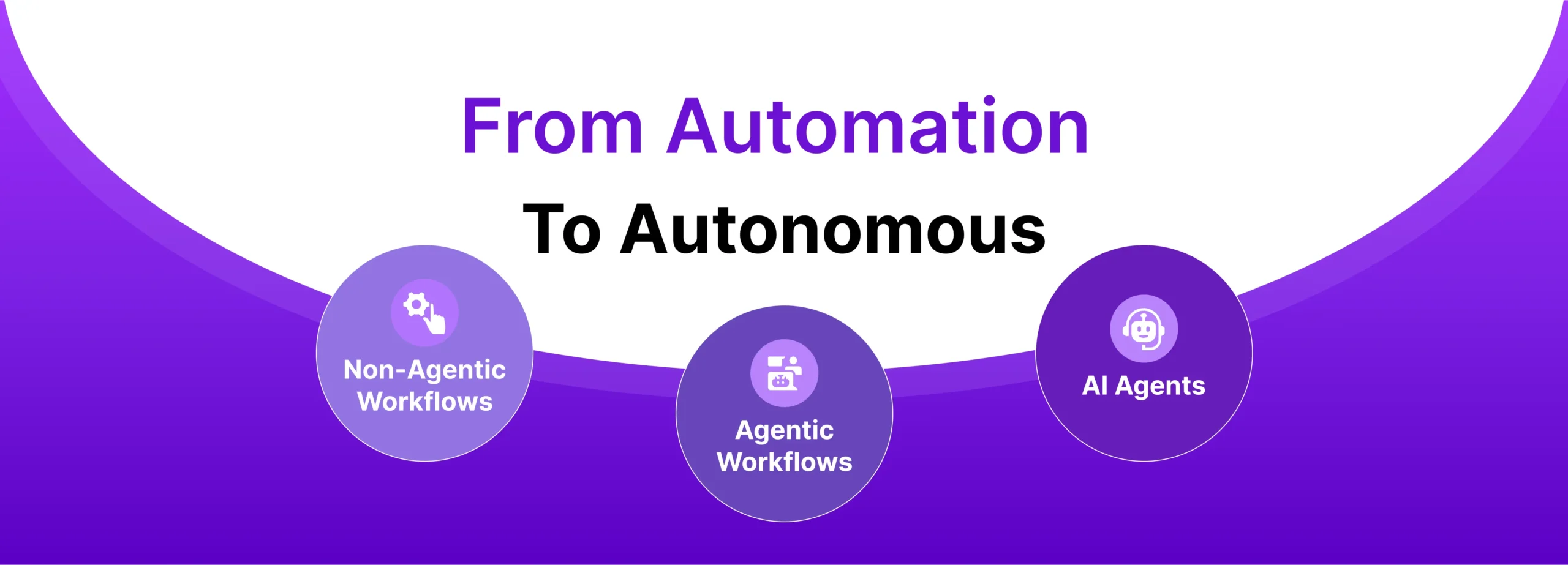Customer Support within the technology industry is constantly improving and evolving, especially since the pandemic has shifted working hours, work accommodations and team priorities. As Customer Support teams grow and evolve, so must the technology they use to interact with users and other team members.
How can a Customer Support leader empower their team with technology while also balancing budgets and implementation? TheLoops and Support Driven recently held a community roundtable with senior customer support professionals to discuss the use of technology within a customer support team and how it can be best used to empower team members and an organization as a whole.
Special thank you to our featured panelists for this roundtable:
Denise Twum / Support Process Manager at SmugMug
Kaitlyn Aliano-Weisberg/ Senior Customer Success Manager at HubSpot
Somya Kapoor / CEO at TheLoops
Lance Conzett / Customer Experience Lead at Found
Holly Vaughn / Director Client Education and Solutions at Ada
Craig Stoss / Senior Program Manager at PartnerHero
Leverage Technology to Increase Efficiency
As many support team members can attest, there are a variety of processes within the support queue and daily routine that are repetitive. Many of these involve direct interactions with customers, such as refund requests or account changes; and while it is important to have a touch of humanity within these interactions, many customers would prefer them to be as efficient and quick as possible.
As Craig Stoss, Senior Program Manager at PartnerHero explained, PartnerHero’s refund request process was time consuming because it involved a number of steps that had to be taken by support members: “…given that each refund request was a different amount, the agent would have to look up the order, verify the refund was warranted and see what was paid in one tool, then use another tool to process the refund for the customer. It was time consuming, sometimes error-prone, and the double-check to see if it was warranted was usually a rubber stamp (people weren’t submitting refund requests illegitimately). This process was ripe for automation.”
The automation of this process not only eases the customer’s experience with the product, naturally leading to an easier experience and higher customer satisfaction, but it also saves the customer support team members time. By leveraging technology to automate repetitive processes, your support team can focus their energy and attention on different projects or tasks that require a greater attention to detail. This is especially important during Covid-19 and the change in landscape of work and working from home, with mental fatigue at an all time high, repetitive tasks have been shown to contribute to mental fatigue in a variety of workers.
The efficiency can also be seen with cross-departmental communication. Somya Kapoor, CEO of TheLoops explained how her product can help: “TheLoops bring product features, people and tools all within the loop to resolve complex issues faster and drive efficiency across your operations. When you use collaborative software such as TheLoops, which allows data from customer interactions to be gathered and shared within different teams and platforms, it allows the organization as a whole to react quickly and efficiently to customer difficulties and complaints.”
Denise Twum, Support Process Manager at SmugMug said: “ Some of our decisions around different technologies have been spurred on by the desire to contribute more directly to company values and goals. For example, we wanted to directly contribute to growth, so we expanded our chat offerings”
Leverage Technology to Prepare for Growth and Scale
When teams are starting out or small, it is common for ad-hoc tools and implementations to be used in the place of proper procedures and standardized processes. These may work in the short term, but as the team grows, changes members or experiences unexpected growth – cracks in processes can quickly show.
As a senior member or leader of your customer support team, you can start using technology early to prepare your team for rapid growth. As Lance Conzett, the Customer Experience lead at Found and former CX Tools and Knowledge Management lead at Postmates pointed out: “Right now, we’re coming at technology investment from the point of view of setting ourselves up for a growing future. We want to stay ahead of the curve—not just ride it. And making smart investments in foundational tools (platforms like Zendesk and Retool) sets us up to make better decisions down the line in supporting tools (add-on functionality like quality, knowledge, or performance management).”
When a company experiences rapid growth or unplanned turnover, having steady and trustworthy software and tools creates a consistent customer experience and support team process that allows new members to onboard seamlessly. Having proper technology and processes in place can also create a secure system of passing sensitive information over to new team members or leaders.
Both Holly Vaughn and Denise Twum pointed out the benefits in using technology for planned team growth by saying:
“Ada is growing rapidly and we need the tools to help everyone work efficiently, and access the information they need to do their jobs well (and smoothly)! For Support in particular, we’re leveraging our own automation platform in our clients’ dashboards (Ada-in-Ada!), so really our Client Care Team is more like “Tier 1 plus” tackling the juicier, more complex issues that arise. With a growing team, also comes a growing number of technologies. We’ve recently implemented TheLoops to help stitch together data from various systems – notably Zendesk, Jira, and Salesforce. TheLoops has helped us client-facing folks bring more data to the table when having difficult prioritization conversations with the Product & Engineering teams. In some cases it has also helped show CSMs why certain things don’t get prioritized.” – Holly Vaughn
“We also moved to a different KB platform, because we wanted the knowledge/content team to have more tools at their disposal so they could work more efficiently and effectively, laying the groundwork for getting more people onto that team.” – Denise Twum
Be Aware of Challenges
While implementing new technology and processes can improve the overall experience your customers and support team members have, every member of the panel gave advice to be aware and prepared for challenges of implementing new technology to leverage a support team. The challenges can vary from implementation timing to technical debt to staff cognition and beyond, as Lance Conzett advised:
“Everything will always take longer than you expect it to. Implementing new workforce management software took 14 months instead of 8 months. An engineer redesigning our Zendesk email templates had to redo everything after the product manager missed a technical limitation. Budget for everything to take longer than expected. Beyond that, the biggest challenge is integrating a net new thing into a system that is likely riddled with technical debt. It’s easier to make a case for something new than it is for spending a whole quarter fixing your old stuff, especially if that stuff is technically still functional. Things will go wrong, be prepared to come up with clever solutions to those complications.”
As a support leader you can empower both your team and your organization by having a plan when introducing new technology and preparing for the worst, a big aspect to take into consideration is also implementation and any automations that will be sending customer facing information, Craig Stoss said:
“With any tool, especially a tool that has customer-facing implications, implementation is paramount. We have all heard of Facebook automations celebrating morbid news like the passing of a loved one because the algorithm wasn’t smart enough to detect if the post was happy or sad. Perfection may not be realistic, but near perfection has to be the goal. So defining the use cases, boundary conditions, and cadence of who is impacted by the tool is vital and often a lot of work. In the case of exposing data to agents, considerations around privacy and data security are important and need to be thought of upfront.”
Lastly, when preparing a plan for new technology or processes involving technology, Denise Twum pointed out that sometimes certain things will be out of your control: “There’s not a lot of control you have when implementing new technologies with the help of a third party vendor. That can affect the pace of the project as well as the actual implementation.”
Regardless of which technology you will be using, processes you are changing or how much work needs to be done for your team, the leveraging of technology to improve the process and work of your support team will lead to an easier customer experience, consistency on team processes and time/money saved.
This blog is the first of a two-part series covering the Support Driven roundtable. View part two here: Getting Buy-In for New Technologies




